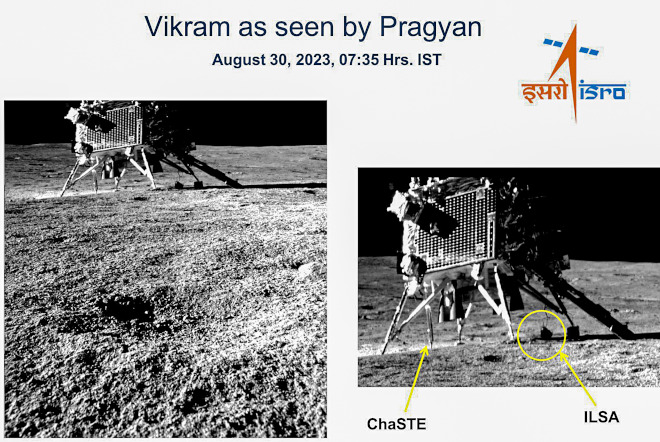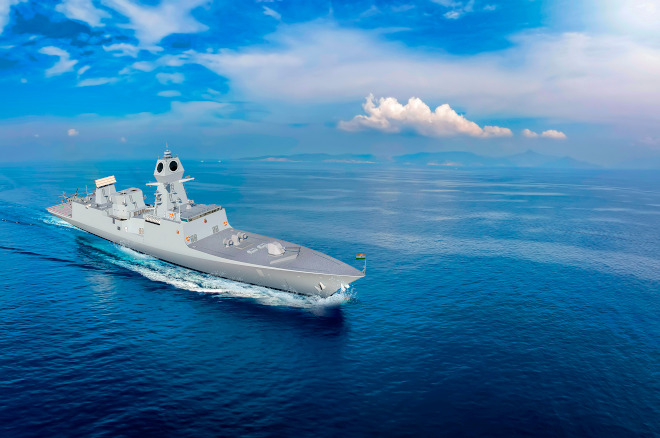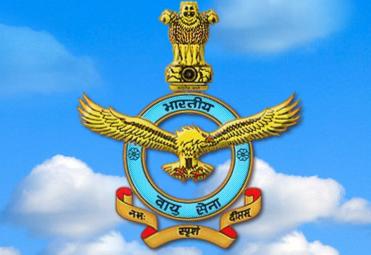
In this image released by ISRO on Wednesday, Aug. 30, 2023, Vikram Lander is seen on the surface of the Moon as captured by the Navigation Camera (NavCam) onboard Pragyan Rover. Photo: PTI.
BENGALURU (PTI): Chandrayaan-3 mission's Pragyan rover on Wednesday clicked an image of the Vikram lander, ISRO said.
The 'image of the mission', shared by the Bengaluru-headquartered national space agency, was taken by the Navigation Camera (NavCam) on board the rover.
"Smile, please", an ISRO social media post read. "Pragyan rover clicked the image of Vikram lander this morning".
NavCams for the Chandrayaan-3 mission have been developed by the Laboratory for Electro-Optics Systems (LEOS), an ISRO unit.
The lander and the rover are designed to operate for one lunar daylight period (about 14 Earth days).
Earlier this week, ISRO released the first observations from the ChaSTE payload onboard Vikram. ChaSTE (Chandra's Surface Thermophysical Experiment) measures the temperature profile of the lunar topsoil around the pole, to understand the thermal behaviour of the Moon's surface.
It has a temperature probe equipped with a controlled penetration mechanism capable of reaching a depth of 10 cm beneath the surface. The probe is fitted with 10 individual temperature sensors.
ISRO came out with a graph illustrating the temperature variations of the lunar surface/near-surface at various depths, as recorded during the probe's penetration. This is the first such profile of the lunar south pole. Detailed observations are underway, the space agency said.
ISRO has said two of the three Chandrayaan-3 mission objectives -- demonstration of a safe and soft landing on the lunar surface, and demonstration of rover movement on the moon -- have been achieved, while the third -- in-situ scientific experiments -- are underway.
 Previous Article
Previous Article Next Article
Next Article













The Indian Air Force, in its flight trials evaluation report submitted before the Defence Ministry l..
view articleAn insight into the Medium Multi-Role Combat Aircraft competition...
view articleSky enthusiasts can now spot the International Space Station (ISS) commanded by Indian-American astr..
view article